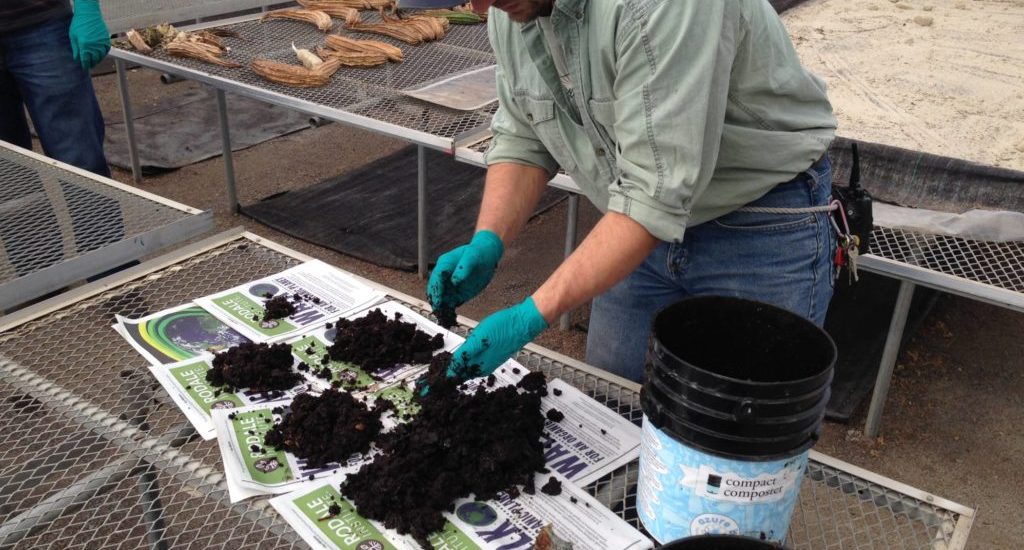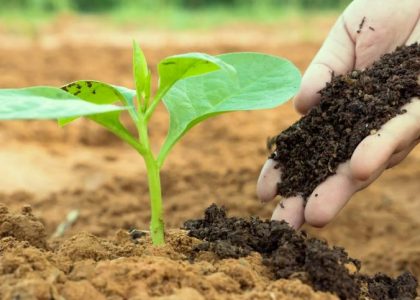Methodology of vermicomposting Introduction
Organic farming is the key principle that is followed by one of the most sustainable agriculture practices known as Vermicomposting. Vermicomposting is not unnatural but an organic fertilizer that makes use of earthworms that transfers organic elements into manure. Earthworms play an important role and are very important as they help the complex organic matter to decompose into manure just by lowering the C: N ratio. This will help to enhance not only the properties of the soil but microbial activities as well. They also improve the soil exhibit to the microorganisms. This process is environmentally friendly as it helps to transfer biodegradable waste into vermicomposting.
Moreover, Humus, nitrogen (2-3 percent), phosphorus (1.55-2.25 percent), potassium (1.85-2.25 percent), micronutrients, and other beneficial soil bacteria are all abundant in vermicompost. The population of nitrogen-fixing bacteria and actinomycetes increases when vermicompost is used. Overall, it’s an excellent organic amendment for increasing crop development and output.
There are two methodologies of vermicomposting. They are as follows:
- Pit method: In this method of vermicomposting, the process is done in pits that are made up of cement. Moreover, this type of vermicomposting is not frequently used by people or farmers.
- Bed method: In this type of vermicomposting, on the floor beds are made and are very easy to maintain as well. This type of vermicomposting is frequently used by people or farmers.
What kind of materials are used in vermicomposting?
- Biological waste: Animal waste, kitchen waste, and farm waste are some types of biological waste that also include dried crop waste, and cow dung is used very frequently. For vermicomposting, two types of waste are used by the people. They are called leguminous crop waste and no leguminous crop waste.
- Earthworms: In this context, the earthworms are said to be those that are found in soil along with extended action. To get fast results, particular types of earthworms are being used.
- Cow dung
- Gunny bags
- Water
- Large Bin: Large bin can be of two types a plastic tank and cemented one.
The following are some particular types of earthworms that are used in the process of composting:
- Perionyx excavates
- Eudrilluseuginiae
- Eisenia fetida that is also known as red wriggler worms are used very frequently because of their increasing personality.
The following is the process of vermicomposting:
- Plastic and concrete tanks are used to make vermicompost. The tank is used on the report of availability.
- Biomasses need to be gathered which must be dry and after that must be finely chopped as well. Biomass can be of various types but the most commonly used are municipal waste, animal waste, and garden waste.
- After preparing all the ingredients now is the time to mix the material with cow dung by maintaining the 1:3 ratio. After mixing, they have to be set aside for at least 15 to 20 days so that partial decomposition can be done.
- At the bottom of the tank, pour a thin layer of sand or soil.
- Add partially decomposed cow dung into dried materials to make bedding. You can also add soil for distribution.
- Maintain the depth of the mixture to 0.5 to 1 foot.
- Now is the time to get free all the earthworms and cover the combination with plastic, or straw.
- Inspect the container for earthworms’ food. Add some food like vegetable peels, and kitchen waste when required.
- To maintain the moisture, you need to water that daily.
- Also, you need to maintain the moisture and temperature the same to detect the composting tank.
- For proper decomposition, the beds must be changed or turned after
- Days.
- In 45 to 50 days, the vermicompost will be prepared.
Conclusion
To conclude, preventive measures also have to be made to prepare for vermicomposting. Must ensure that the place is shady, cool, and moist. Must use dried wastes. Before using cow dung, must ensure that it is 15 to 20 days old.





